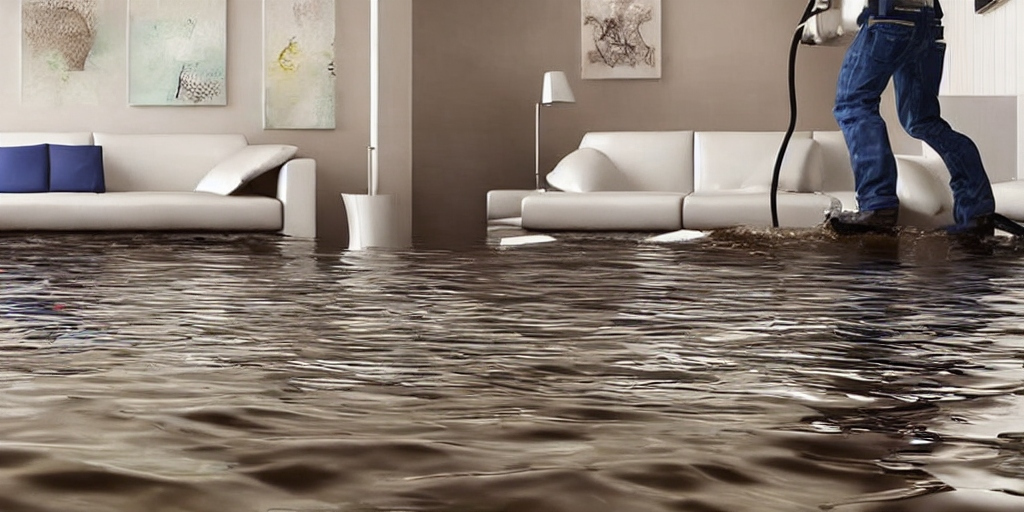Introduction
Water damage can be a costly and disruptive issue for homeowners in Los Angeles, CA. Understanding the reasons behind the expense, the primary concerns associated with water damage, and the key differences between mitigation, remediation, and restoration can help you make informed decisions in the event of an unfortunate incident. In this guide, we’ll delve into the intricacies of water damage restoration in Los Angeles CA, exploring essential aspects and providing valuable insights.
Why is Water Damage Restoration in Los Angeles, CA Expensive?
Water damage restoration is often an expensive process due to various factors. First and foremost, the geographical location of Los Angeles makes it prone to natural disasters such as floods and earthquakes, increasing the likelihood of water damage occurrences. Additionally, the high cost of living in the city affects service charges, including those for restoration professionals.
Furthermore, the advanced technologies and specialized equipment required for effective water damage restoration contribute to the overall cost. Professionals utilize cutting-edge tools to identify and address water damage issues promptly, ensuring a thorough and efficient restoration process.
Also Read: Water Damage Restoration Los Angeles CA: Unraveling the Costs and Solutions
The Biggest Concerns with Water Damage
The most significant concern when it comes to water damage is the potential for long-term structural damage and the risk of mold growth. When water infiltrates building materials and remains untreated, it can weaken structures, compromise the integrity of the property, and create an environment conducive to mold development.
Mold poses serious health risks and can lead to respiratory problems, allergies, and other health issues. Thus, swift and thorough water damage restoration is crucial to prevent these long-term consequences and ensure the safety of your home and its occupants.
Mitigation vs. Remediation vs. Restoration
Understanding the distinctions between mitigation, remediation, and restoration is vital in the water damage restoration process:
- Mitigation: Mitigation involves taking immediate actions to prevent further damage after water intrusion. This may include extracting standing water, drying affected areas, and securing the property against additional harm.
- Remediation: Remediation focuses on the removal and cleanup of water damage, including the repair or replacement of damaged materials. It aims to restore the property to its pre-damaged condition.
- Restoration: Restoration encompasses the entire process of returning the property to its original state before the water damage occurred. This may involve extensive repairs, reconstruction, and the replacement of damaged components.
How to Recover from Water Damage in Los Angeles, CA

- Assessment and Documentation: Begin by assessing the extent of the water damage. Document the affected areas, take photographs, and make a detailed list of damaged items. This information will be essential for insurance claims and the restoration process.
- Contact Professionals: Promptly get in touch with a reputable water damage restoration company in Los Angeles, CA. Professionals, such as Servpro Los Angeles, have the expertise and equipment to handle water damage efficiently.
- Water Extraction and Drying: The first step in the restoration process is to extract standing water and thoroughly dry the affected areas. Specialized equipment, including dehumidifiers and air movers, is employed to accelerate the drying process.
- Cleaning and Sanitizing: After drying, thorough cleaning and sanitizing are crucial to eliminate any remaining contaminants. This step helps prevent mold growth and ensures a safe environment.
- Repairs and Restoration: Once the affected areas are clean and dry, restoration professionals proceed with repairing and restoring damaged structures and materials. This may involve structural repairs, painting, and replacing flooring or other components.
- Preventive Measures: Implement preventive measures to avoid future water damage, such as regular maintenance of plumbing systems, installing sump pumps, and ensuring proper drainage around the property.
Also Read: Water Damage Restoration Los Angeles: Protecting Your Property and Peace of Mind
Conclusion
Water damage restoration in Los Angeles, CA is a comprehensive process that requires immediate attention and professional intervention. By understanding the reasons behind the cost, addressing primary concerns, and recognizing the importance of mitigation, remediation, and restoration, homeowners can navigate the challenges of water damage and ensure a swift and effective recovery process. Partnering with reputable professionals and implementing preventive measures can significantly reduce the impact of water damage on your home.










